Up in the Sky

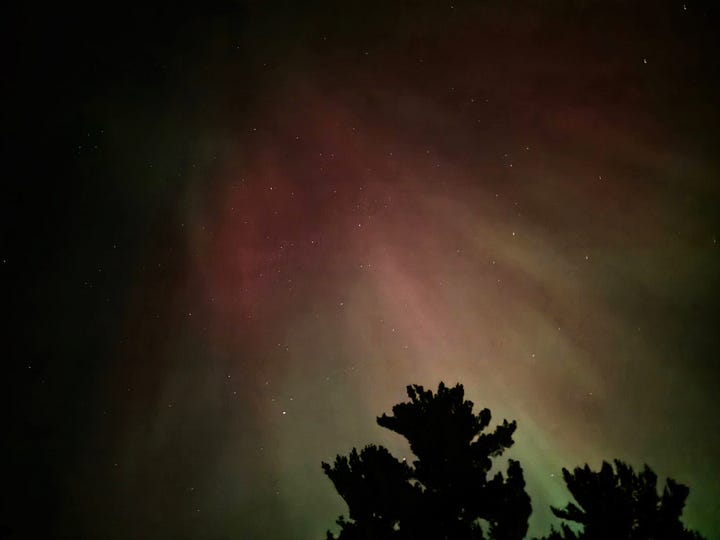
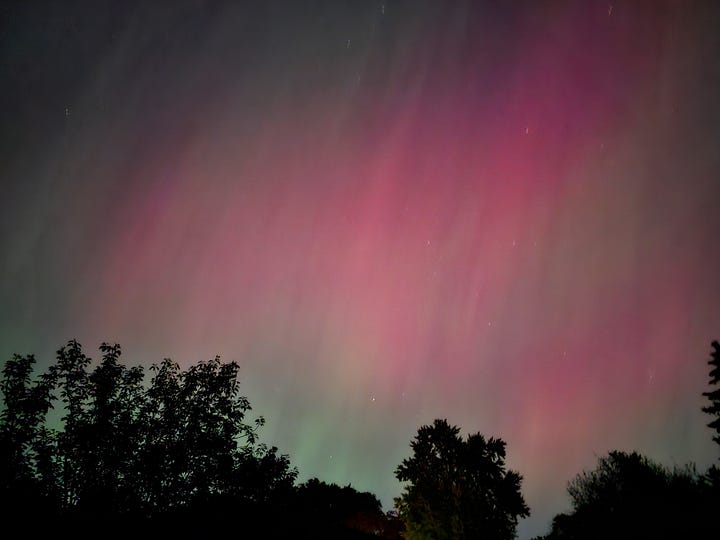

Last week’s Aurora Borealis was phenomenal! We stood in the backyard and craned our necks to watch the show. Did you see them where you live? Had you seen them before?
Between Earth and Sky
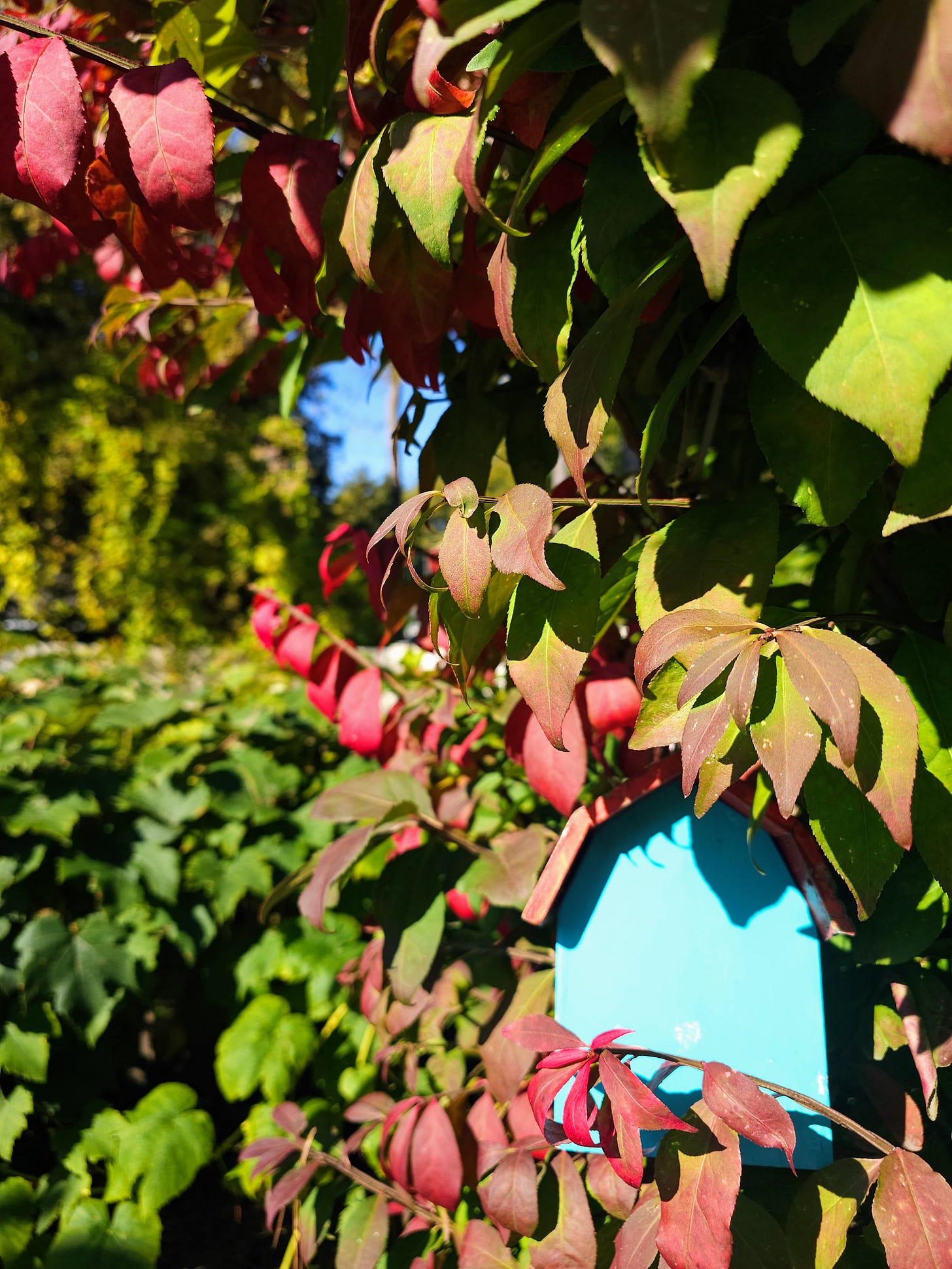
At Ground Level
There’s been light frost on the ground a few mornings so far, but nothing severe yet. Just cold enough to bring in the last of the tomatoes, peppers, cucumbers, and beans, and to collect seeds for next year.
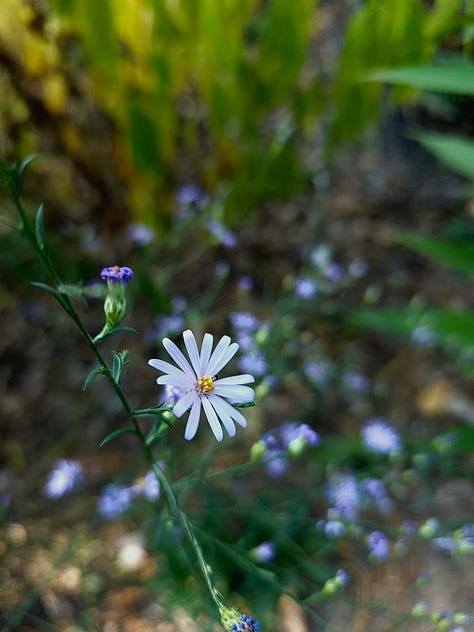
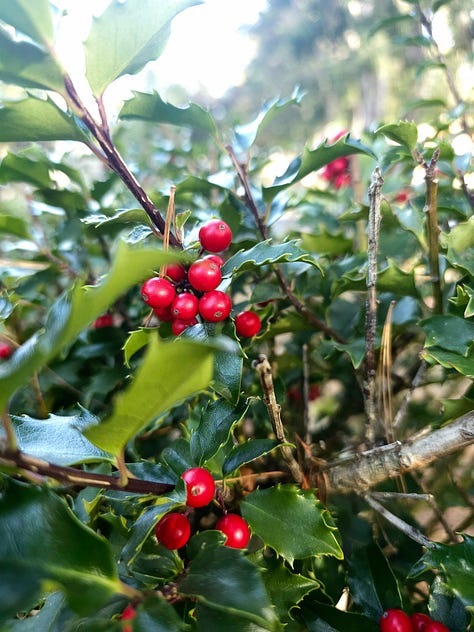
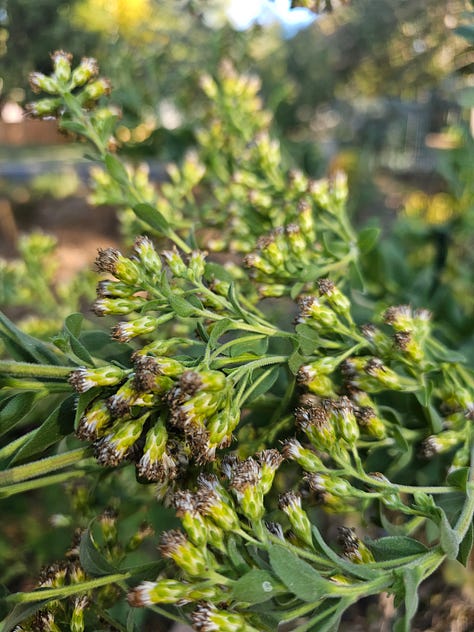
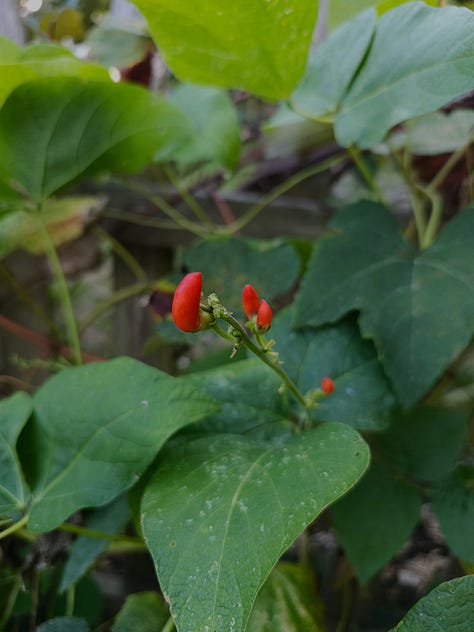
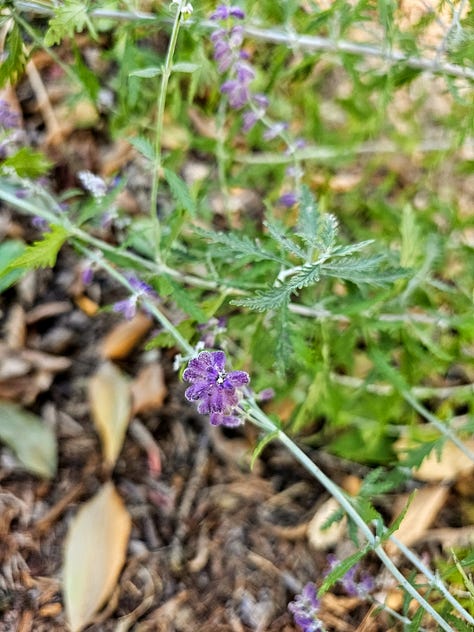
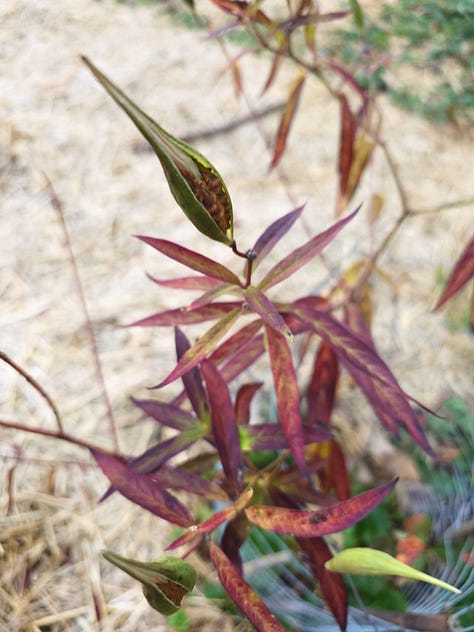
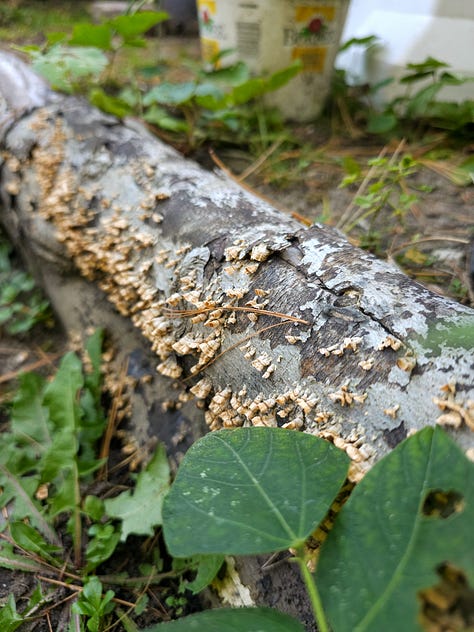
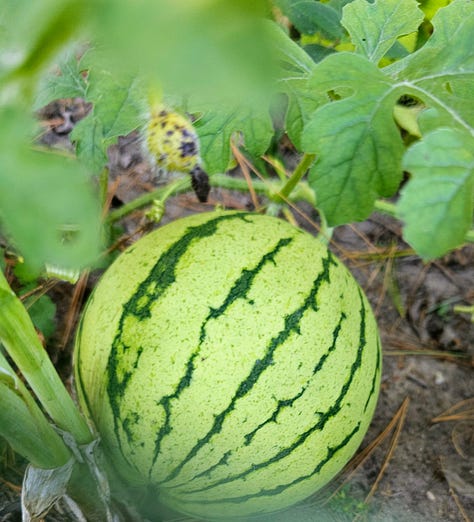

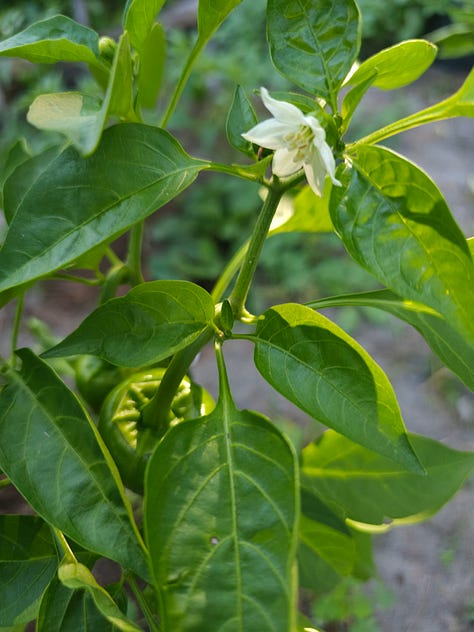
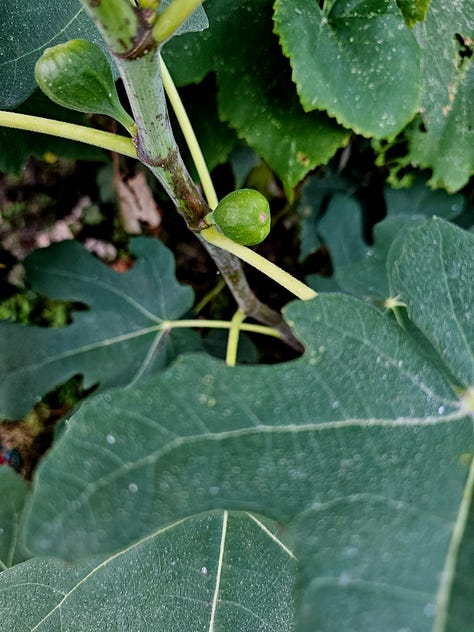
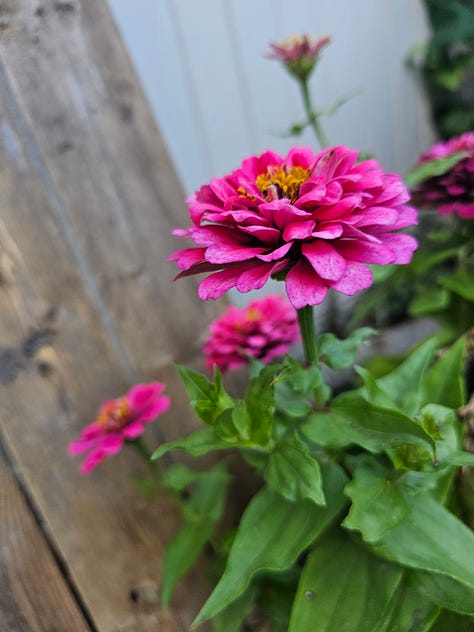

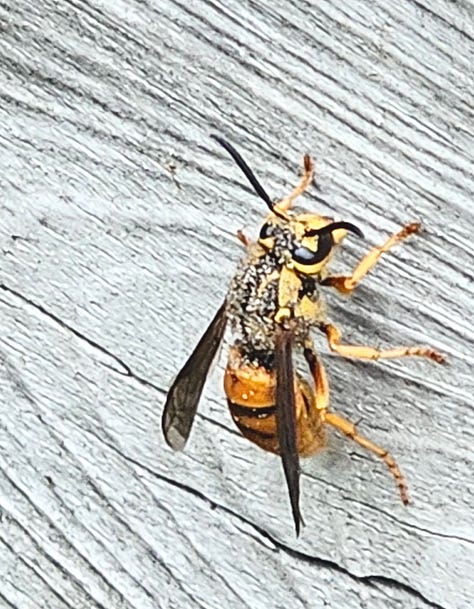
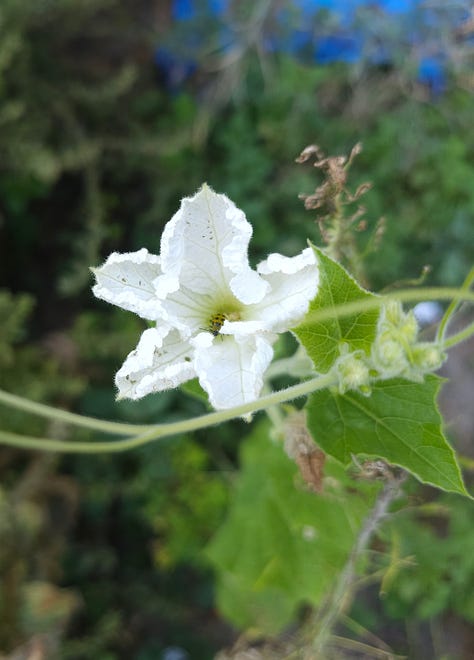
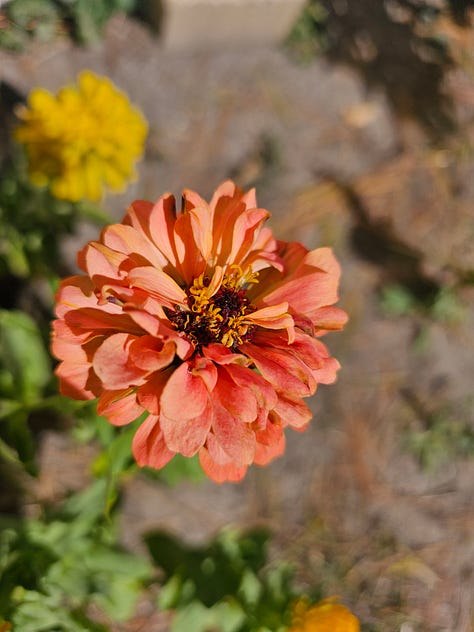
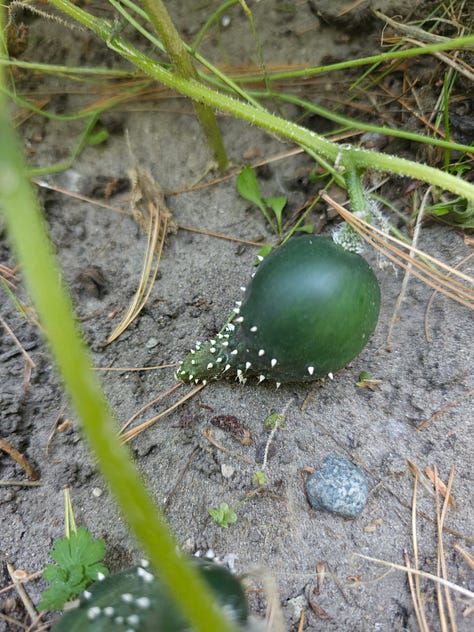
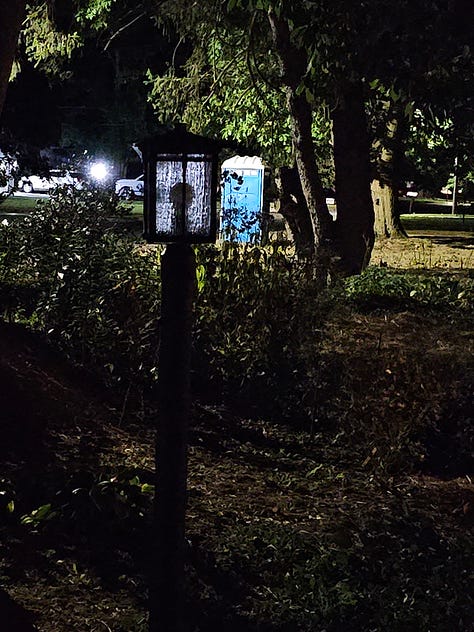
The queen yellow jacket in the grid above was uncovered while
was digging near the blueberries. She was big and scary-looking but sluggish. Pretty sure she was confused at being dug up from her hibernation spot, beneath the mulch and soil. Unlike their honeybee cousins, who winter in a cozy ball with their colony, wasp queens are solitary during the cold months. They will emerge in early Spring, construct a nest, and lay the eggs that will become their colony for that year. In the Fall, the males contribute their genetic material then die, and the fertilized queens each hibernate alone. Hornets and bumble bees follow a similar life cycle.1 So do our native solitary bee species, but as their name suggests, the females raise their young alone rather than in colonies. Male solitary bees sleep out-of-doors on flowers (another reason to skip the chemical garden sprays).2 Honeybees aren’t perfect paragons of communal living, though; they systematically kick the drones (male bees) out of the hive this time of year, to die of starvation and exposure. Only the females get a chance to survive together to Spring. Nature is brutal.Our Bees
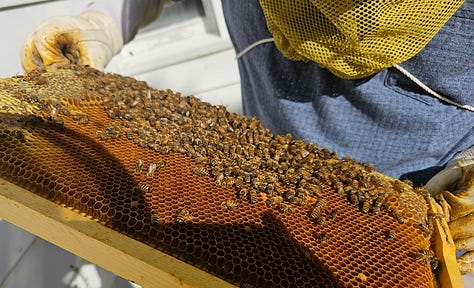
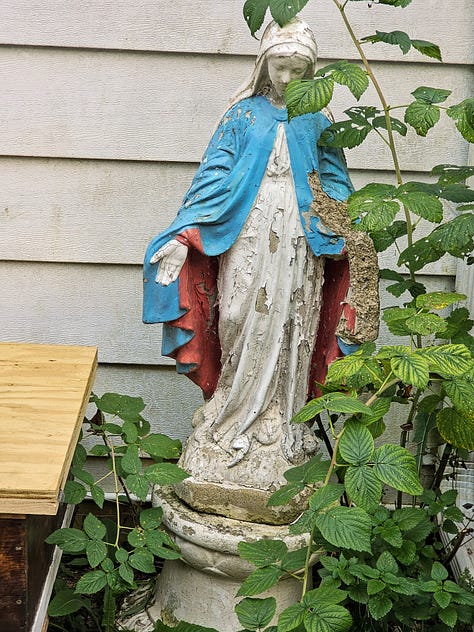
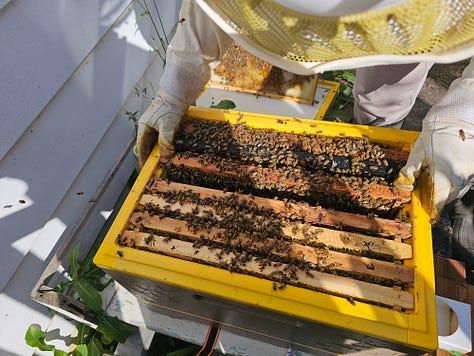
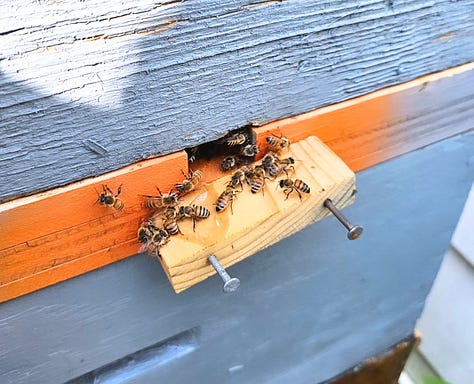
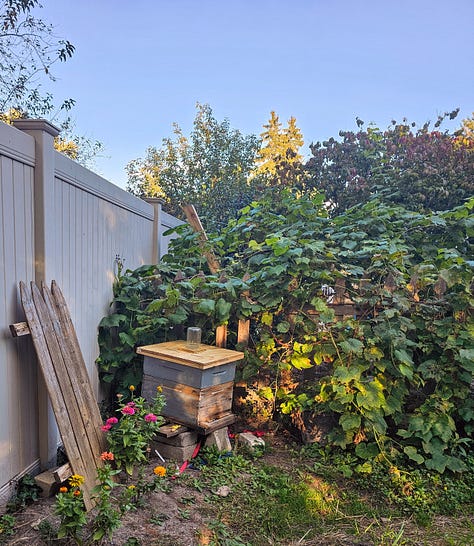
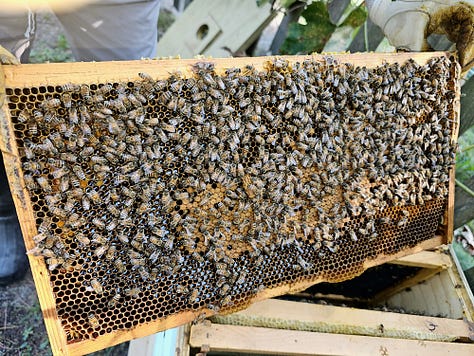
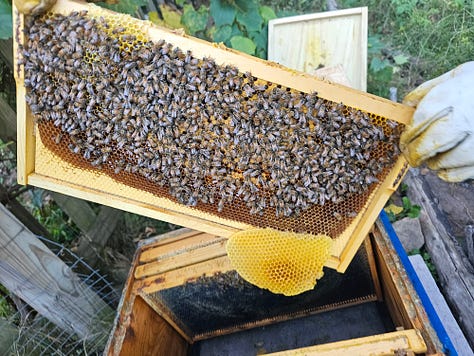
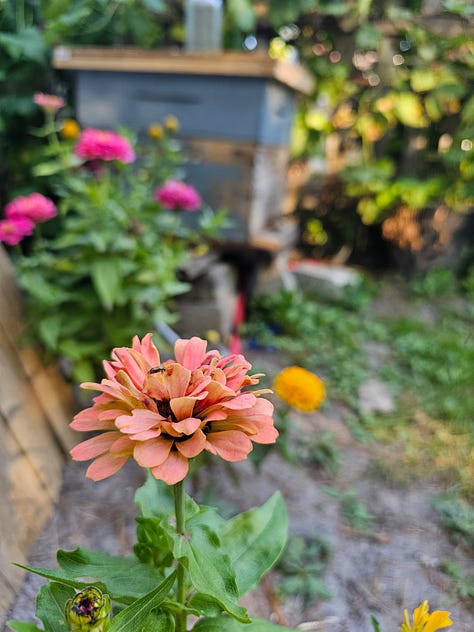
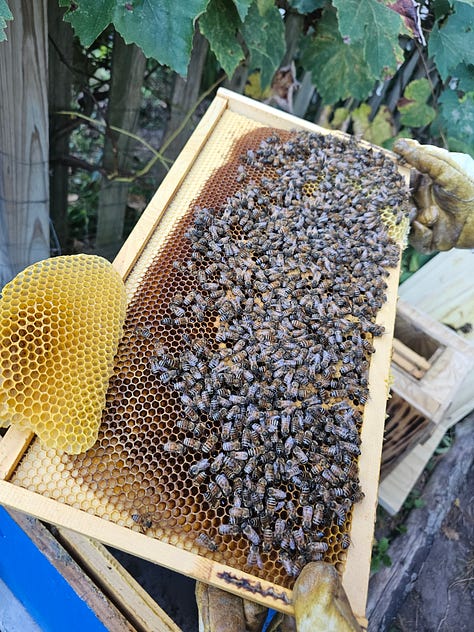
As of a week ago, the newest hive, that was requeening at the time of the last post, had both the old and newly-emerged queens living together peacefully. That scenario is unlikely to last; either the new queen, pending a successful mating flight, will start laying and take over the hive, or the hive will be without a fertile queen and need to be combined with another colony. Though there’s been warm afternoon sun, the nights have been cold and pollen sources are dwindling. We still see foraging bees, but have insulated the hives and made the entrances smaller (for heat conservation and pest exclusion).

In the Kitchen
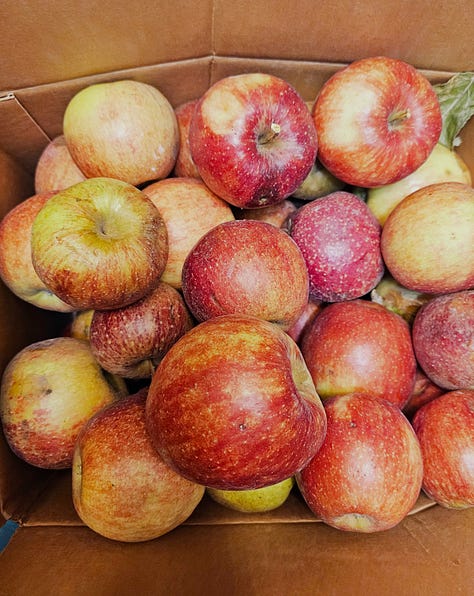
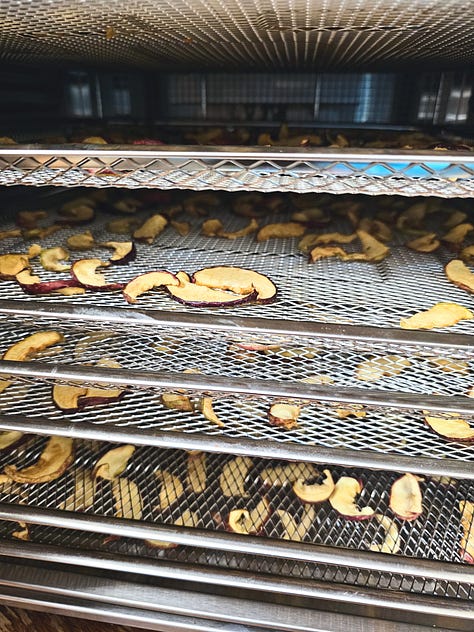
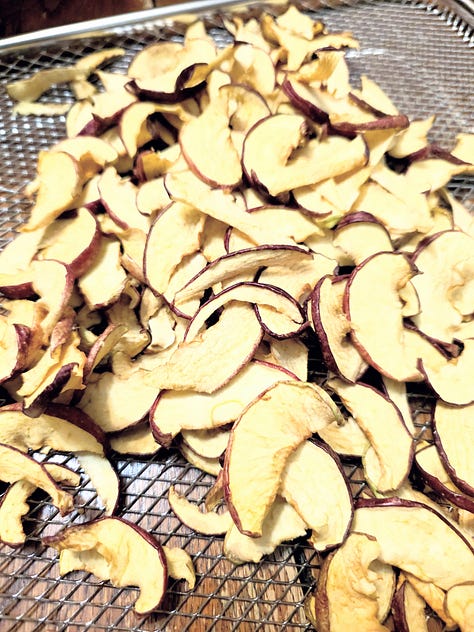

Seasonal Shift

The leaves are turning. The sun drops out of sight rather quicker than is polite in the evenings. We’re nearing the end of marching band season here, also known as high school football season. We’ve brought out the sweaters and extra blankets. I plan to take advantage of this weekend’s St. Luke's summer to do hive checks, and combine any weak colonies with more robust ones. It feels like a Midwest October.
What have you been up to in October? For those in the Northern Hemisphere, have you experienced colder temperatures yet, or even the first frost? What garden tasks are on your list before November arrives? Do you have any fun insect facts to share?
I’ve opened up the Chat so that any subscriber to The Suburb Farm can start a thread now (not just me)! You can jump in anytime to share garden photos, post a link to farm-ish news, or crowdsource food-growing questions to other readers. Just keep it wholesome, please, like the mindful & demure people you are. Click here to start a Chat.
—Erin, in Michigan





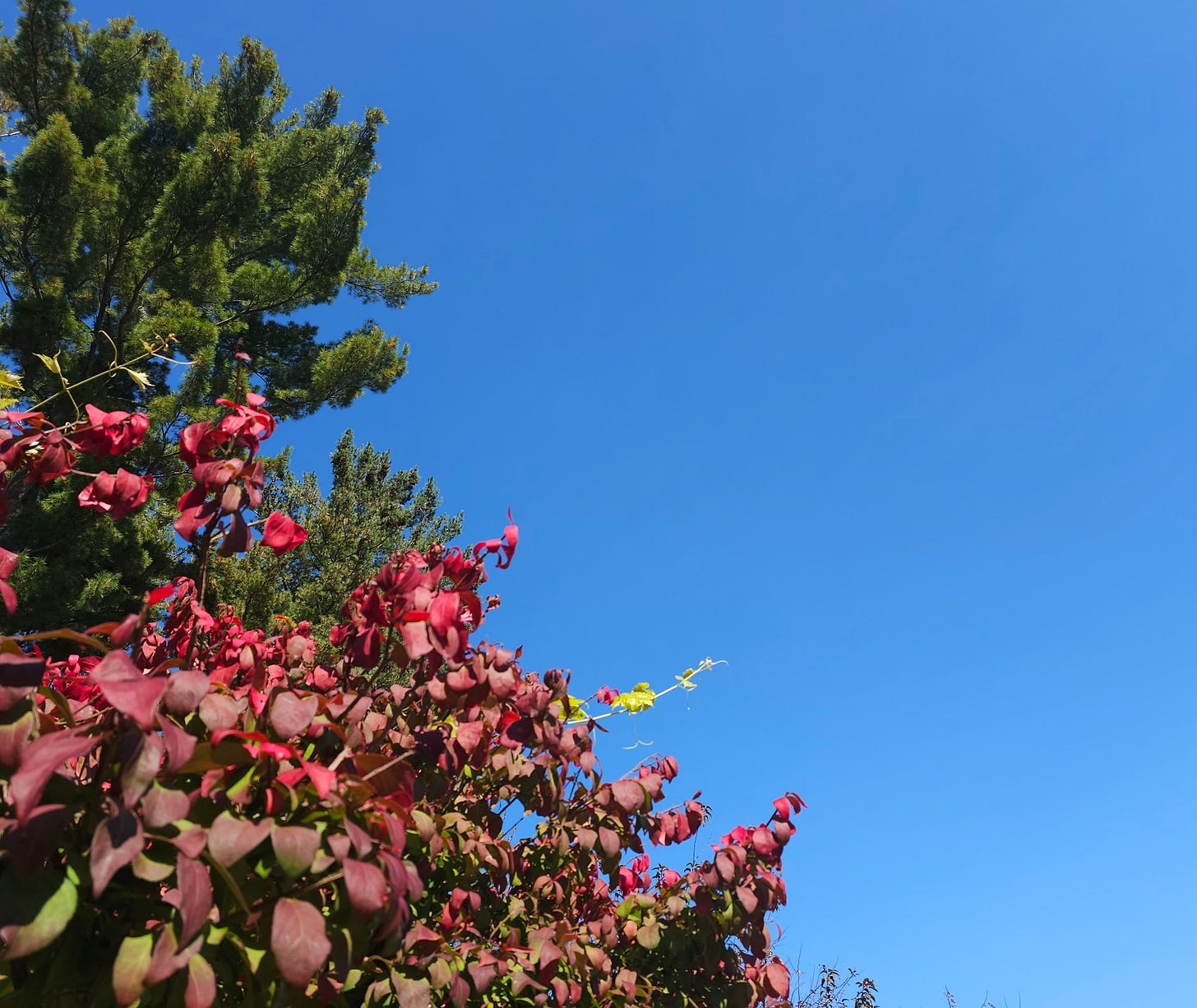
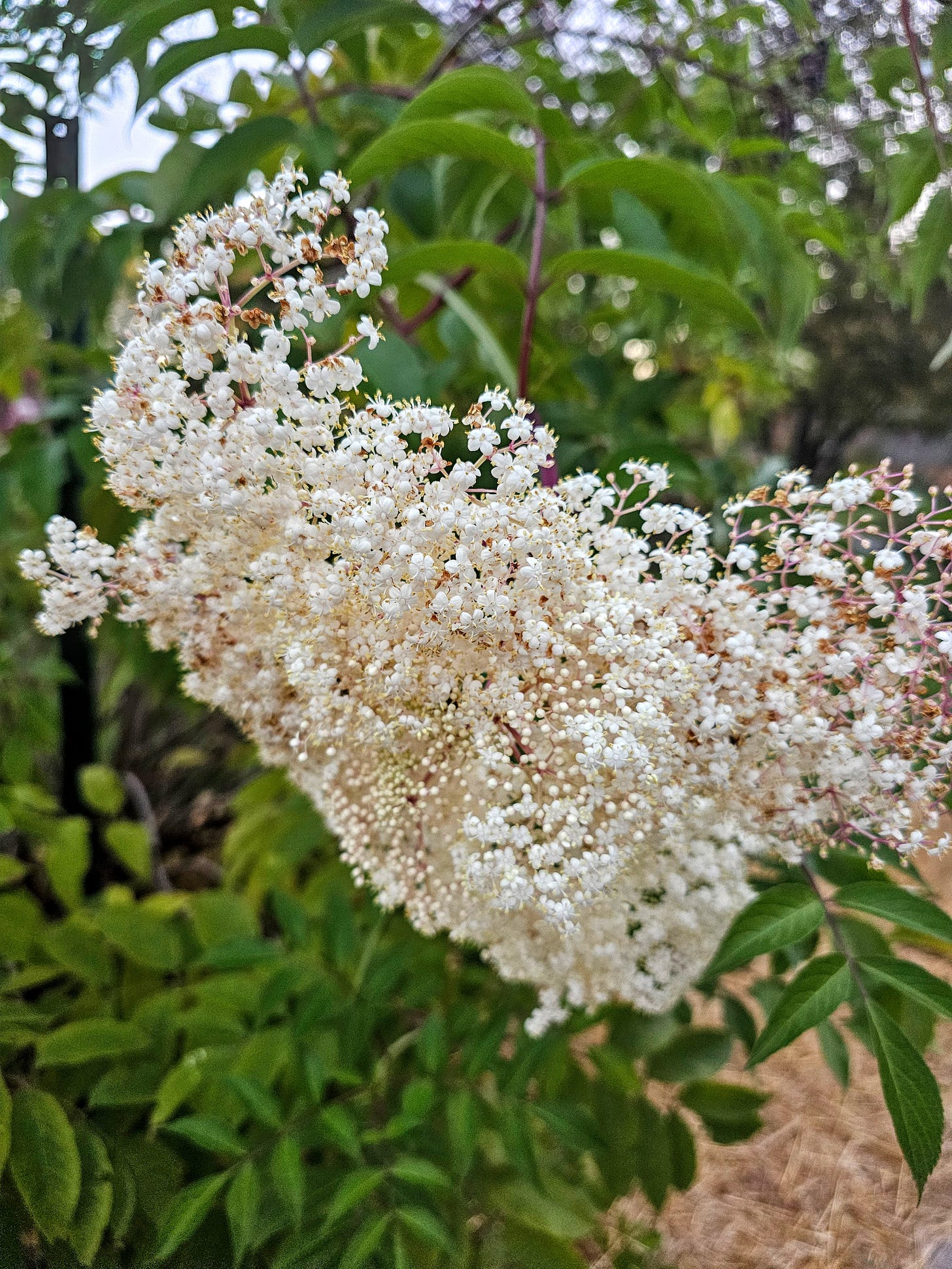
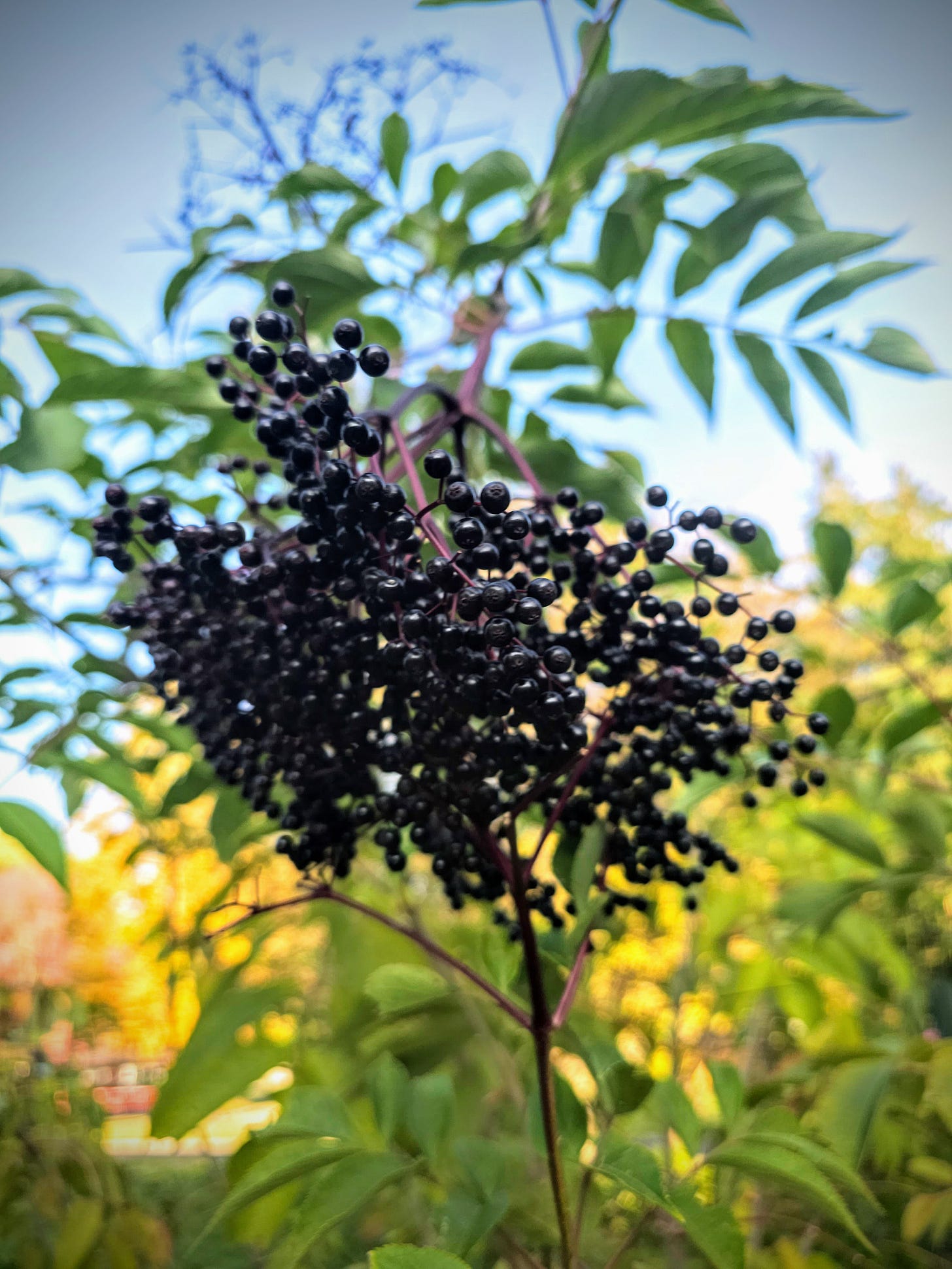
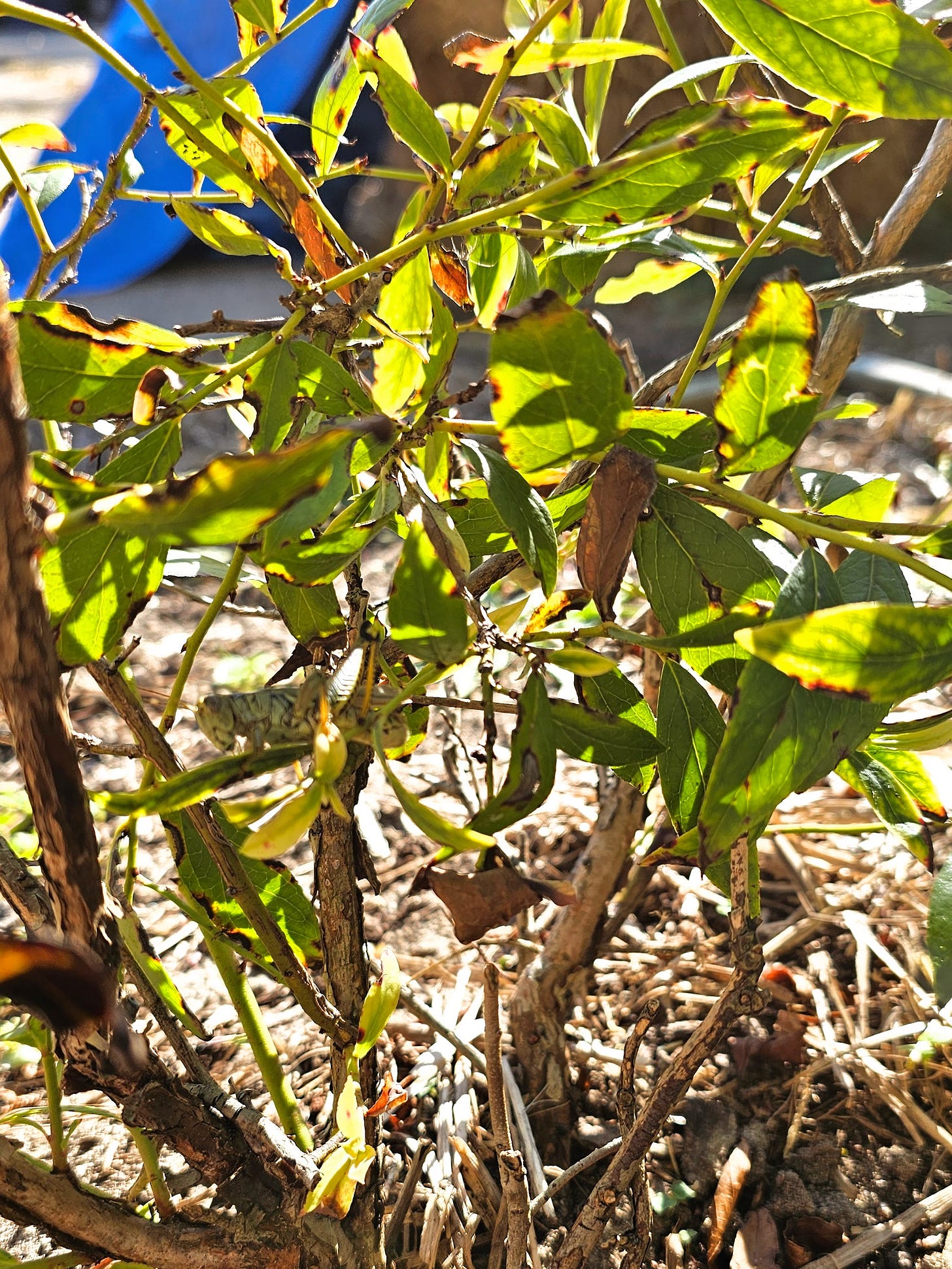
Wow! These are beautiful. Thanks for sharing with the world 😍
A splendid post! Your Aurora borealis photos were some of the most gorgeous I saw anywhere.
And your garden photos were just sublime too! I love how much I’m learning about beekeeping from you…now, whenever I see beehives, I slow down and see how they look…and what they might be doing wrong! A neighbor fostered hives this past summer in the middle of his meadow…but he’s so neat and tidy he kept the wildflowers mowed except for a teeny little space around the hives! I thought, “Erin would have let the whole meadow go!”